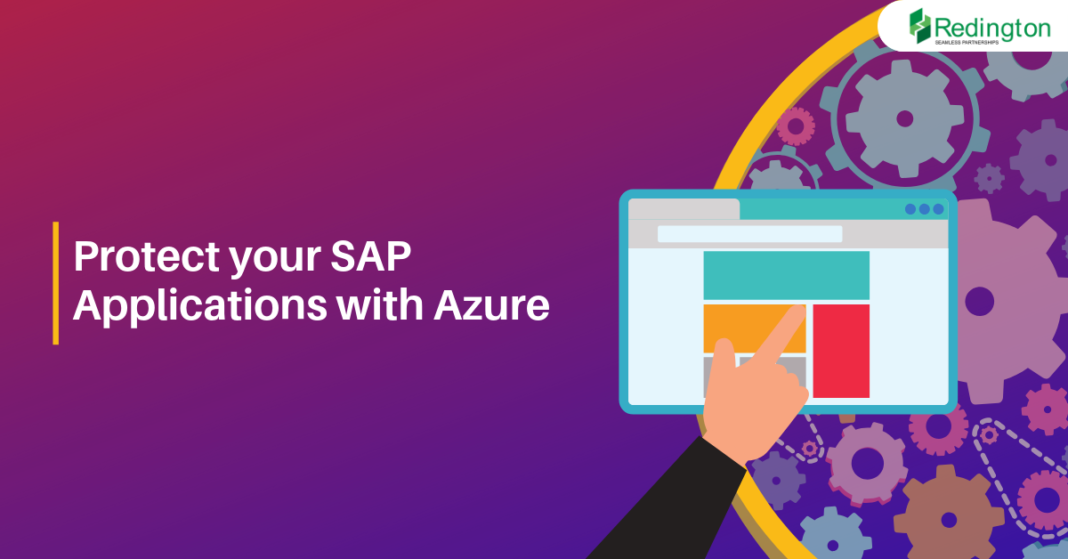Region
India
Enterprises throughout the world are adopting cloud on a higher rate than ever, due to the cost effectiveness, ease of developing, deploying and managing the infrastructure. To add on to the list of benefits of Cloud, high efficiency, flexibility, low cost and high performance are just a few to name. Microsoft Azure has come out as the market leader to cater to the business needs of enterprise customers, with industry grade security, reliability and scalability.
Azure’s IaaS, PaaS and SaaS capabilities provide on-demand storage, compute power, networking, web and mobile application services to strengthen the productivity of enterprises. Microsoft’s Azure has become the ideal choice for hosting collaborative systems that run big data apps and migration with on-premises infrastructure. It provides an undeniable offer to present Windows Server Users.
Azure’s technology provides added advantages and offers great value to businesses. Easy migration process, and the varying options including hybrid capabilities make it an easier choice for customers to adopt and test cloud infrastructure. For, the varying categories of customers wanting to start their Azure journey, a thorough plan and roadmap is required to make it an hassle free experience. Please go through the following carefully, it could be instrumental to your Azure experience.
- Catalogue: You need to determine your business needs and catalogue your software and workloads to kick-start Azure migration. A thorough documentation of the present inventory, assessment of apps and workflow relating to each data entity must be carried-out. If you are planning to just push the infrastructure then cataloguing of the workloads is sufficient.
- Assessment: To follow up with the documentation, you need a simple yet effective assessment to for categories of the applications and workloads. By having a detailed assessment you will have an exact estimation of the scale of work that is needed. Make use of Microsoft’s Virtual Machine Readiness Assessment Tool and Microsoft Assessment and Planning toolkit to make the assessment exact and timely.
- Target: Determining the particular destinations for each workloads will reduce efforts and increase the flow. You must consider factors like ease of migration, speed, cost and desired functionalities along with virtual machines and operating systems in this stage of the process.
- Migration: The final and decisive stage of the process is the migration. Enterprises are suggested to migrate with simple apps which can broken down to chunks to move to the Azure Environment. By testing out individual components carefully, next in line parts can be moved speedily. This could be repeated to the final component or workload in migrating. The aforementioned process ensures minimal to zero disturbance to the applications or the users, with a 100% availability of migrated applications. When the application is successfully hosted onto Azure platform, Microsoft promises a staggering SLA uptime of 99.99%.
The list of phases simplifies the sophistication required in an Azure migration. You can make use of various automated tools that will help you in calculating and screening possible cloud configurations. A value-focused strategy is highly recommended for Azure Migration. United States based SaaS application provide has adopted Azure and was able to cut down their infrastructure costs by 25 % and gain the same per cent in compute power.
Now, that is the reason to switch to Azure !





